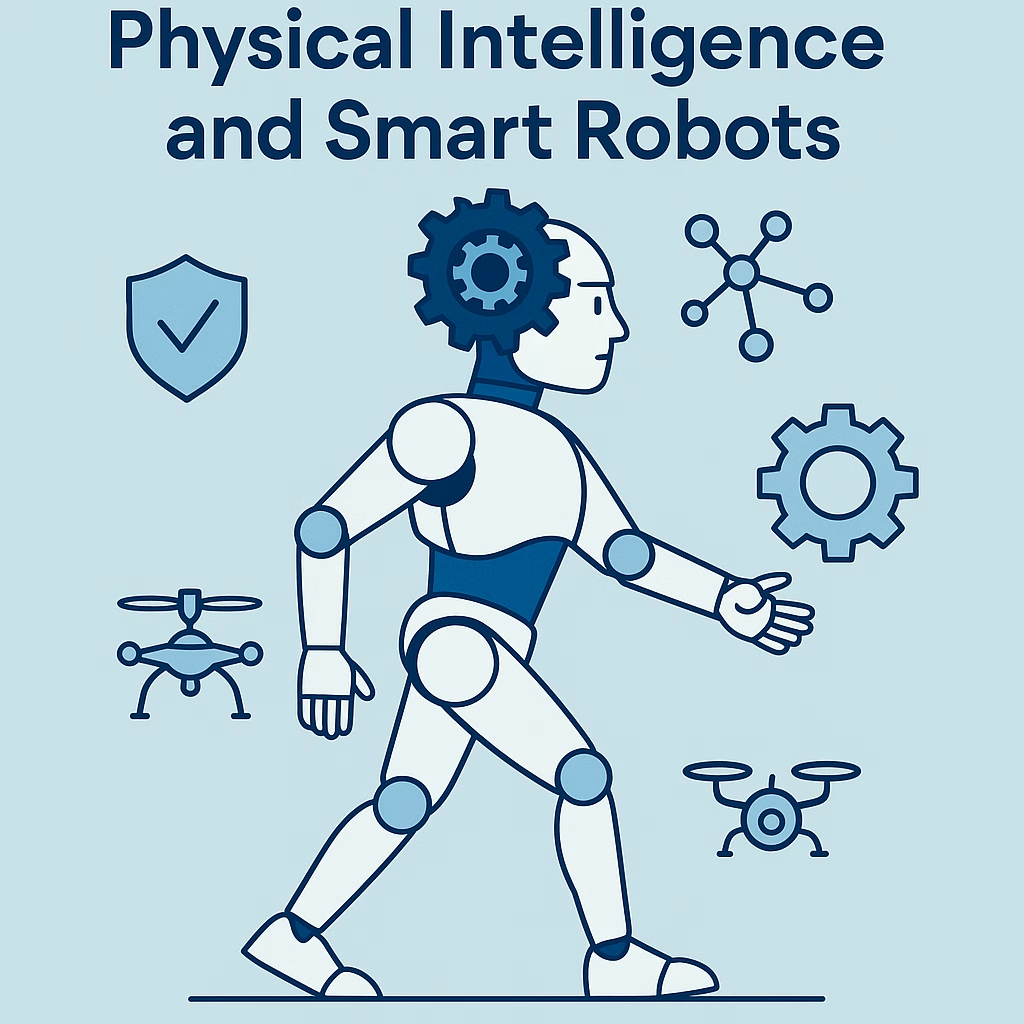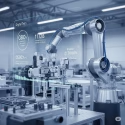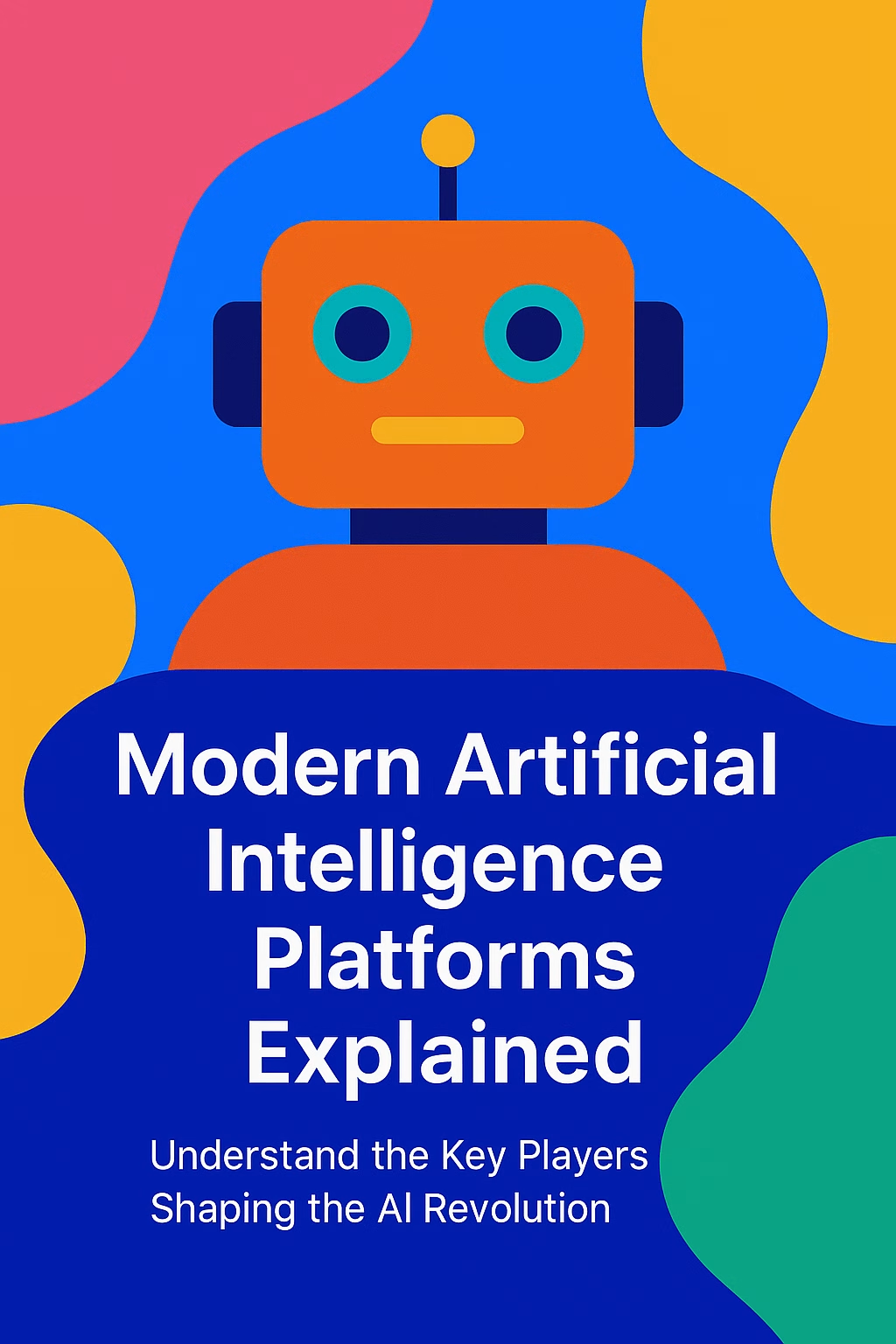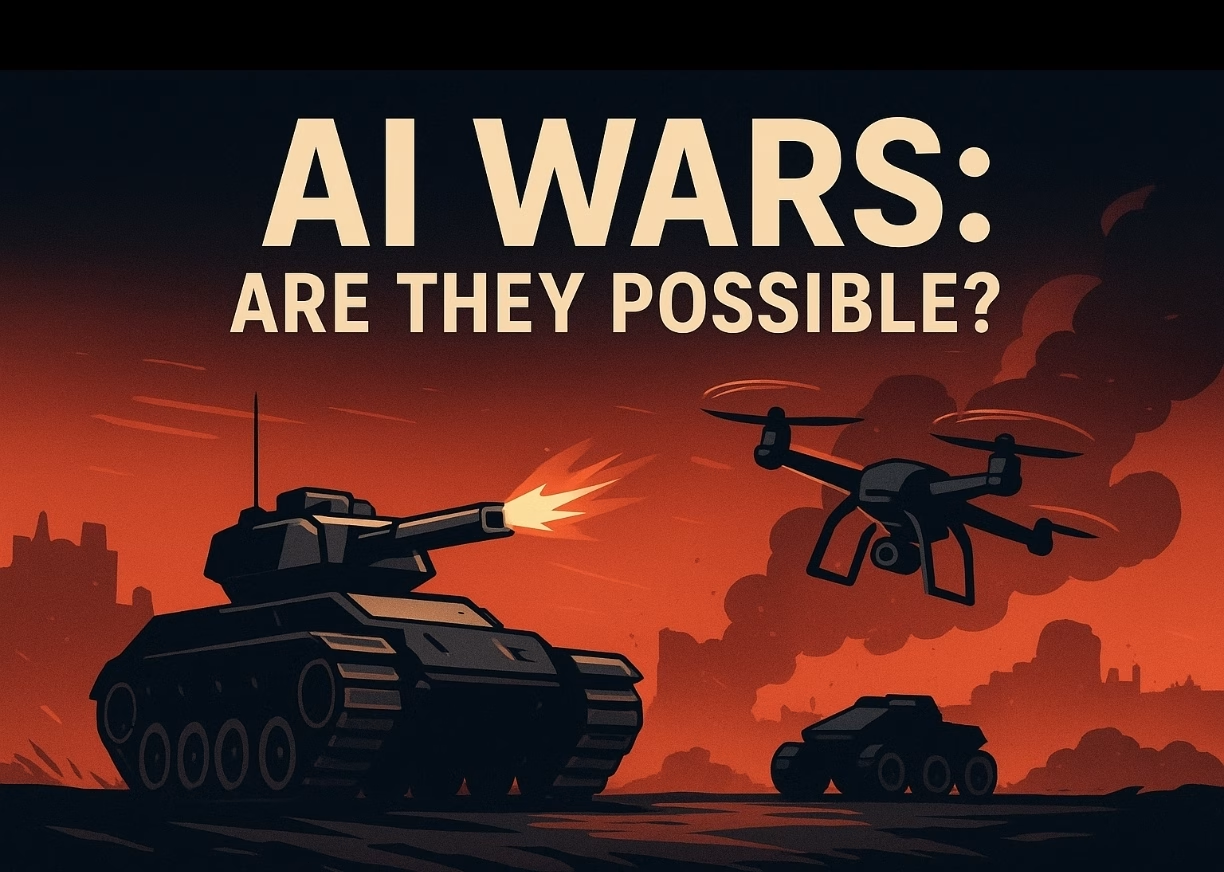🤖 Artificial intelligence (AI) is advancing rapidly, but much of this progress has remained confined to the digital world. Now, robots are evolving beyond mere calculation—they are gaining physical intelligence, meaning they can adapt to and interact with the real, physical environment around them.
But what exactly does this mean? Let’s dive in and explore.
—
🧠 What Is Physical Intelligence?
Physical intelligence refers to a robot’s ability to:
Perceive its surroundings,
Adapt to changing physical conditions, and React accordingly through smart decision-making.
This goes beyond traditional AI because physical intelligence enables robots to handle fluid, slippery, soft, or unpredictable environments—something that was previously very challenging.
—
🔬 Technologies Behind the Innovation
✅ Liquid Neural Networks – MIT
Developed by MIT, liquid neural networks allow robots to respond in real-time to environmental changes. For example:
A robot can change direction if it encounters an obstacle.
It can regain balance if it starts to fall.
✅ Multi-Sensor Integration
Modern robots now combine:
Visual cameras,
Lidar (laser mapping),
Tactile sensors,
Accelerometers, and more—all at once. This enables human-like reflexes and nuanced decision-making.
—
🔧 Real-World Applications
🚁 1. Drones & Aerial Robots
Stable flight in windy conditions and precision landings.
🤖 2. Robotic Arms
Can adjust grip strength based on object softness—for example, handling tomatoes without crushing them.
🚶♀️ 3. Humanoid Robots
Can walk on slippery or uneven terrain without falling, adjusting their balance dynamically.
🧯 4. Disaster Response
Can access dangerous areas in earthquakes, fires, or floods where humans cannot safely go.
—
🌍 Why It Matters With physical intelligence, robots become:
More resilient,
More independent,
And better integrated into human environments.
This technology is not only relevant in manufacturing, but also in healthcare, elderly care, assistive devices, and even space exploration.
—
📈 What Does the Future Hold?
According to experts, by 2030:
Over 70% of robots will incorporate physical intelligence.
Home, medical, and logistics robots will adapt seamlessly to their environments.
Human-robot interactions will evolve into physically “shared living spaces.”
—
🔗 Conclusion: Robots Are Becoming Smart and Sensitive
With physical intelligence, robots are now able to “feel” their surroundings and respond accordingly. This not only makes them more efficient—but also more human-like.
In the near future, robots won’t just follow commands; they’ll learn, adapt, and respond in real time, becoming trusted collaborators in our daily lives.








